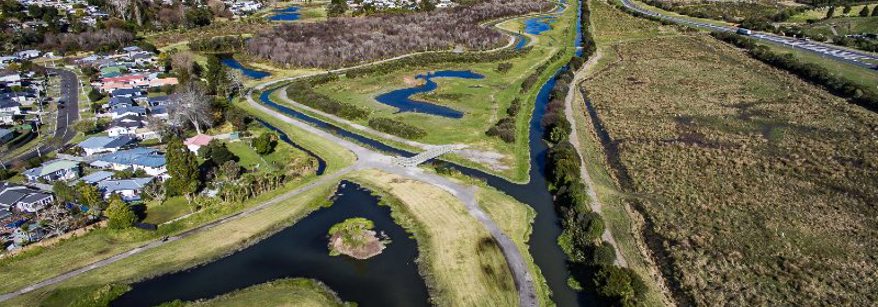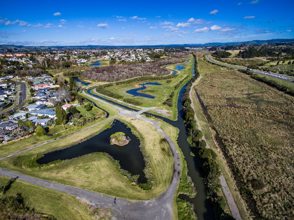We’re working with Ngai Tamarawaho, Tauranga City Council, Western Bay of Plenty District Council, community volunteers, and landowners to protect the health of the Kopurererua Stream and the Waikareao Estuary that it flows into - maintaining its recreational, ecological and cultural values.
To achieve this long term goal it’s necessary to reduce the E.coli levels and volume of sediment entering the waterways of the Kopurererua Catchment.
About the catchment
The Kopurererua Catchment is approximately 7,400ha in area and is located south-west of Tauranga City and flows north from the Mamaku Plateau down to Tauranga Harbour, entering the Tauranga harbour at the Waikareao Estuary. Kopurererua is 29 km long and has two tributary streams (Tautau and Nanaku) and numerous unnamed tributaries. Tautau is the largest tributary at approximately 18.5 km long and is one of the two spring fed awa supplying water for Tauranga City.
There are an abundance of springs lining the mid-upper valley walls and floor.
Within the catchment there are three distinct areas that influence water quality:
















